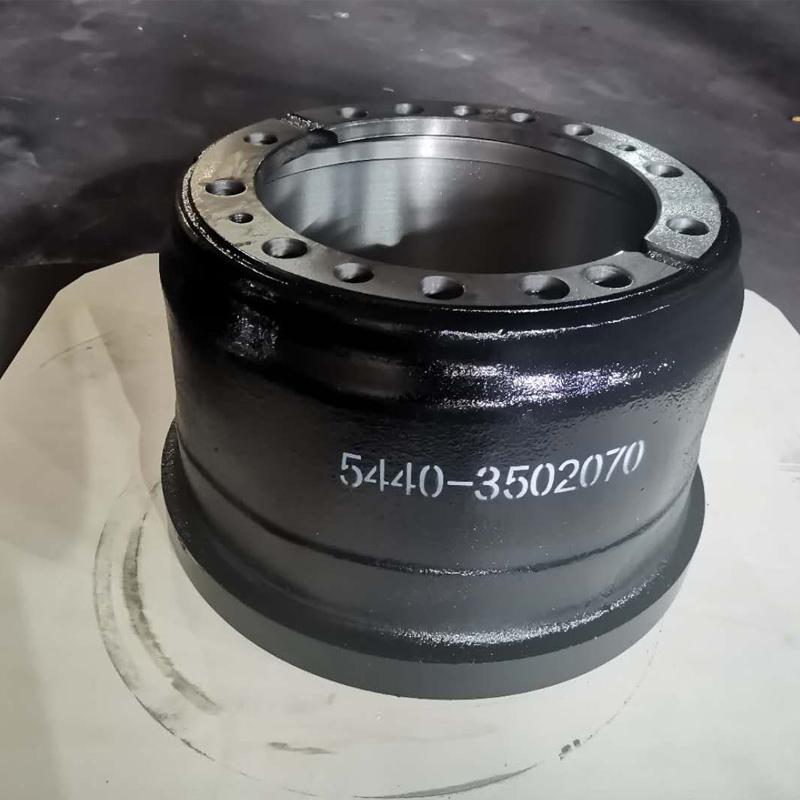Dec . 21, 2024 01:15 Back to list
brake drum repair
Brake Drum Repair Essential Maintenance for Safe Driving
When it comes to vehicle safety, the importance of a well-functioning brake system cannot be overstated. Among the critical components of this system is the brake drum. The brake drum serves as a vital part of drum brakes, which are still commonly used in many vehicles, especially older models and heavier vehicles. Understanding how brake drums work and recognizing when they require repair or replacement is essential for maintaining your vehicle’s safety and performance.
Understanding Brake Drums
Brake drums are circular, heavy metal components that rotate with the wheel. When you press the brake pedal, the brake shoes, which are lined with friction material, expand against the inner surface of the drum, creating the friction necessary to slow down or stop the vehicle. Over time, this friction can lead to wear and tear, affecting the overall braking performance.
Signs Your Brake Drums Need Repair
1. Squeaking or Grinding Noises If you hear any unusual noises when braking, such as squeaking or grinding sounds, this could indicate that the brake shoes are worn down and need to be replaced or that the drum itself is damaged.
2. Vibration or Pulsation If you feel a vibration or pulsation through the brake pedal when applying the brakes, it may be a sign that the brake drum is warped. A warped drum can lead to uneven braking, increasing stopping distances, and reducing overall safety.
3. Reduced Braking Performance If your vehicle takes longer to come to a complete stop, this is a clear indication that something is wrong with the braking system, potentially involving the brake drums.
4. Visual Damage If you can inspect the brake drums, look for cracks, scoring, or extreme wear. Any visible damage typically means it’s time for repair or replacement.
The Repair Process
brake drum repair

When it comes to repairing brake drums, there are generally two options resurfacing and replacement.
1. Resurfacing This is often the first step if the drums are still in good condition but have slight wear. A skilled mechanic can use a lathe to remove a thin layer of material from the surface of the drum, creating a smooth finish that allows for effective braking.
2. Replacement If the brake drums are excessively worn, cracked, or warped beyond repair, replacement is the best option. During replacement, it’s also advisable to replace brake shoes, as new shoes on old drums (or vice versa) can lead to uneven wear and performance issues.
Importance of Regular Maintenance
Regular maintenance is key to ensuring your brake drums remain in good condition. It includes routine inspections of the brake system, checking for wear, and addressing any issues before they become severe. Mechanics typically recommend checking the brake system every 12,000 miles or at least once a year.
DIY vs. Professional Repair
While some experienced DIYers may attempt to repair brake drums at home, it’s essential to understand the complexities and safety implications involved. The brake system is critical to vehicle safety, and improper repairs can lead to severe accidents. Therefore, if you're not confident in your mechanical skills, it’s best to consult with a professional mechanic.
Conclusion
Brake drum repair is an essential part of vehicle maintenance that directly impacts your safety on the road. Recognizing the signs of worn or damaged brake drums and understanding when to seek repairs can prevent costly repairs down the line and ensure your vehicle performs optimally. By prioritizing brake maintenance and addressing issues promptly, you can drive with confidence, knowing that your vehicle's braking system is in excellent condition. Remember, your safety starts with the brakes—so don’t overlook this critical aspect of vehicle care.
-
Volvo Brake Drum: OEM Quality, Optimal Safety
NewsAug.27,2025
-
Durable Brake Drum MAZ for Heavy Duty Trucks | High Performance
NewsAug.26,2025
-
FUWA: Premium Quality, Reliable Performance & Innovative Solutions
NewsAug.25,2025
-
Liza Brake Drum: Superior Quality & Performance for Safe Driving
NewsAug.24,2025
-
Iveco Brake Drum | Premium OE Quality for Daily & Eurocargo
NewsAug.22,2025
-
Your Brake Drum Man: Quality & Performance Parts
NewsAug.21,2025
